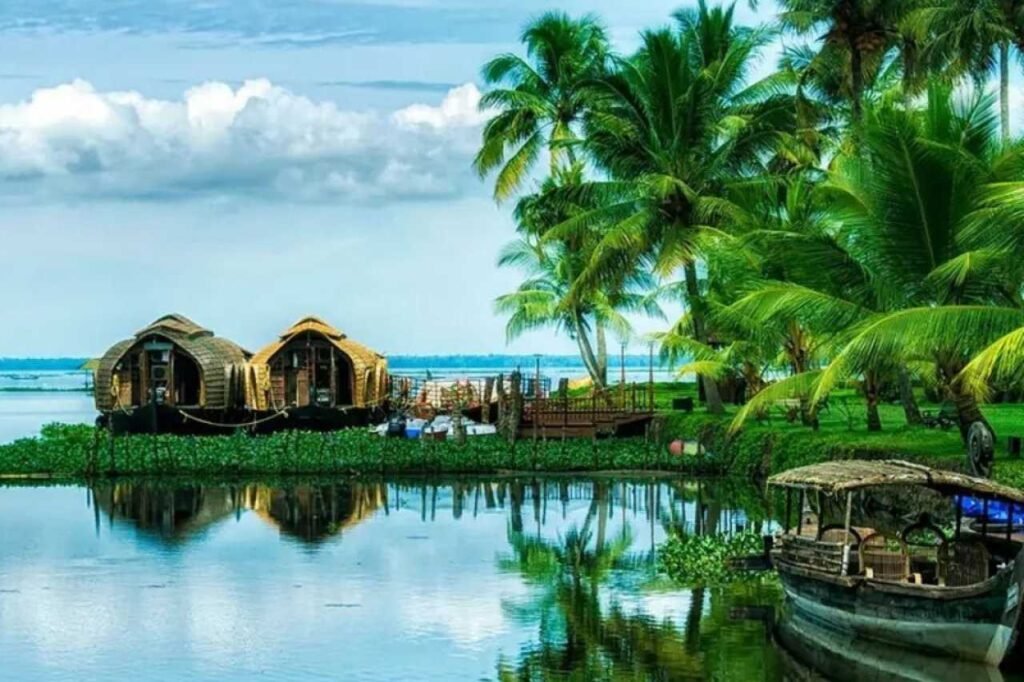Pincodes of Kerala
Kerala Pincodes: Unlocking the Secrets of Location. Welcome to “Pincodes of My Location,” your ultimate guide to navigating the vibrant state of Kerala! Explore the rich tapestry of destinations across God’s Own Country by uncovering its unique pincodes. From the serene backwaters of Alleppey (688001) to the bustling streets of Kochi (682001), our comprehensive database provides you with the key to Kerala’s diverse landscape. Whether you’re planning a trip, sending a parcel, or just curious about a specific area, we’ve got you covered.

Here is a list of Kerala Pincodes
| No. | District | State |
|---|---|---|
| 1 | Alappuzha | Kerala |
| 2 | Ernakulam | Kerala |
| 3 | Idukki | Kerala |
| 4 | Kannur | Kerala |
| 5 | Kasargod | Kerala |
| 6 | Kollam | Kerala |
| 7 | Kottayam | Kerala |
| 8 | Kozhikode | Kerala |
| 9 | Malappuram | Kerala |
| 10 | Palakkad | Kerala |
| 11 | Pathanamthitta | Kerala |
| 12 | Thiruvananthapuram | Kerala |
| 13 | Thrissur | Kerala |
| 14 | Wayanad | Kerala |
About Kerala
Kerala, known as “Keralam” in Malayalam, is a captivating state nestled along India’s Malabar Coast. Established on November 1, 1956, through the enactment of the States Reorganisation Act, Kerala seamlessly merged the Malayalam-speaking regions of Cochin, Malabar, South Canara, and Travancore. Encompassing an area of 38,863 square kilometers (15,005 square miles), it ranks as the 21st largest Indian state. Kerala shares its borders with Karnataka to the north and northeast, Tamil Nadu to the east and south, and is embraced by the azure waters of the Lakshadweep Sea to the west. Boasting a populace of 33 million as of the 2011 census, it stands as the 13th most populous Indian state. Kerala comprises 14 districts, with its capital in Thiruvananthapuram. The Malayalam language reigns supreme, serving both as the most widely spoken and official language of the state.
History
According to ancient texts, Kerala’s origin tales differ. The Sangam classic Purananuru credits Chera King Senkuttuvan with conquering the lands from Kanyakumari to the Himalayas. Lacking adversaries, he symbolically besieged the sea by hurling his spear into it. In contrast, the 17th-century Hindu mythological work Keralolpathi narrates the tale of Parasurama, Vishnu’s sixth avatar, who reclaimed Kerala by throwing his axe into the sea. This act caused the waters to recede, revealing land from Gokarna to Kanyakumari, initially inhospitable. Parasurama invoked Snake King Vasuki, who transformed the soil into fertile terrain with his holy poison, henceforth guarded by snakes. These legends offer intriguing insights into Kerala’s origins.
Demography
Kerala, constituting 2.8% of India’s populace, boasts a remarkable population density of 859 individuals per square kilometer, nearly triple the national average of 370 per square kilometer. In 2011, Thiruvananthapuram emerged as Kerala’s most populous city. Kerala distinguishes itself with India’s lowest population growth rate, recording a mere 4.9% in 2011, significantly lower than the national average of 17.6%. From 1951 to 1991, the state’s population more than doubled, surging from 15.6 million to 29.1 million, ultimately reaching 33.3 million by 2011. Coastal regions are densely inhabited with 2022 persons per km2, while hilly areas remain sparsely populated. Kerala stands as India’s second-most urbanized state, with 47.7% of the population residing in urban areas per the 2011 Census.
Geography
Kerala, nestled between the Lakshadweep Sea and the Western Ghats, boasts a diverse geographical canvas. Its coordinates span from 8°18′ to 12°48′ north latitude and 74°52′ to 77°22′ east longitude, defining a humid tropical rainforest climate. With a 590 km (370 mi) coastline and a width fluctuating between 11 to 121 kilometers (7 to 75 mi), Kerala’s topography can be categorized into three distinct zones: the rugged eastern highlands, the rolling central mid-lands, and the coastal plains of the western lowlands. Predominantly shaped by Pre-Cambrian and Pleistocene geological formations, Kerala’s terrain was significantly altered by a catastrophic 1341 CE flood, creating a natural spice transport harbor. The Eastern region features towering mountains, deep valleys, and numerous rivers.
Economy
Post-independence, Kerala adopted a social democratic welfare economy model. During the 1990s, economic liberalization dismantled the License Raj, reducing restrictions on capitalism and foreign direct investment. This move sparked substantial economic growth and job opportunities. In the fiscal year 2018–19, Kerala’s nominal gross state domestic product (GSDP) reached ₹7.82 lakh crore (US$98 billion), with remarkable growth rates of 11.4% in 2018–2019 and 10.5% in 2017–2018. This was a significant departure from the 1980s’ average growth of 2.3% and the 5.1% to 6.0% range in the 1990s. Kerala’s unique development model combines high human development with relatively lower economic growth, largely attributed to a robust service sector.
